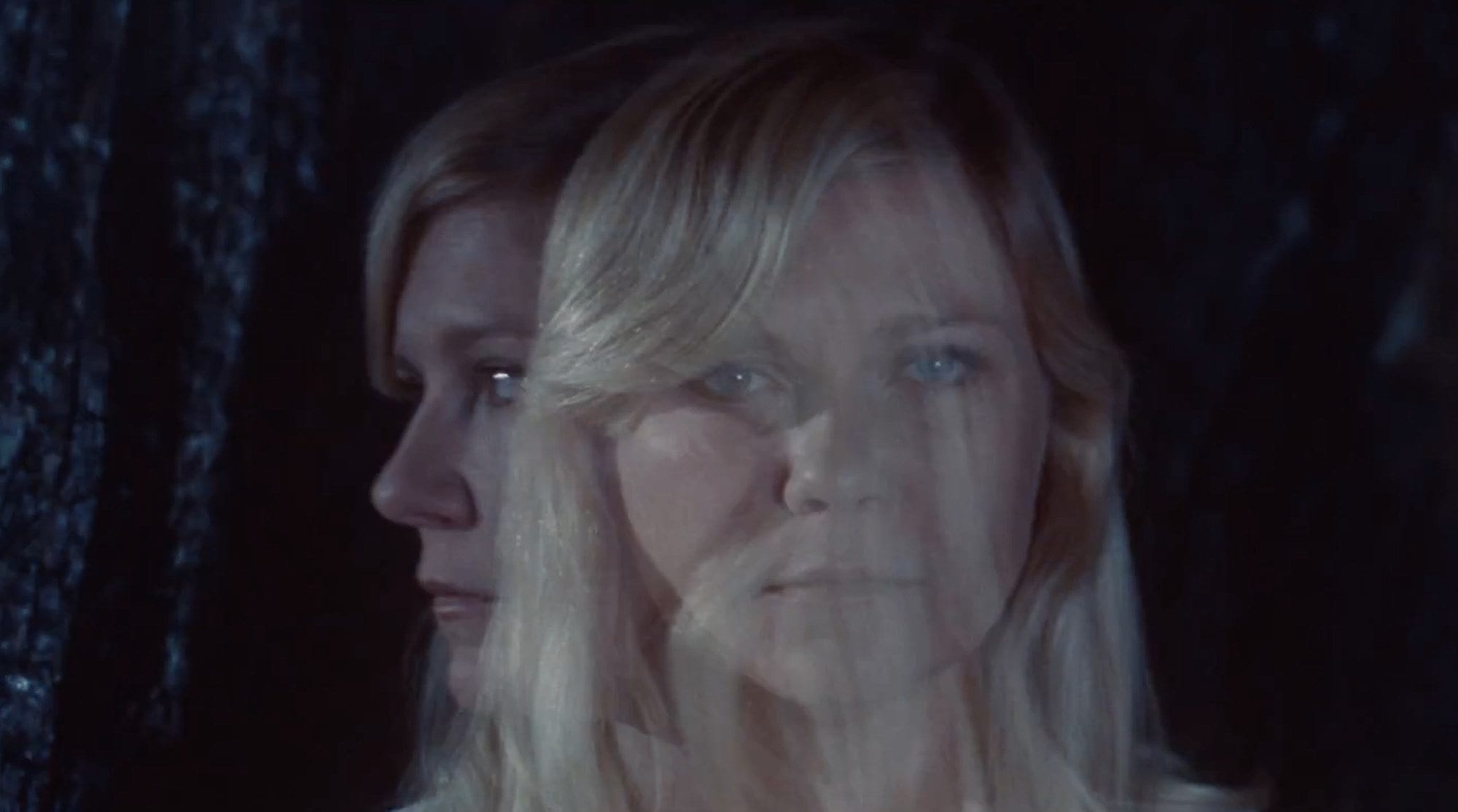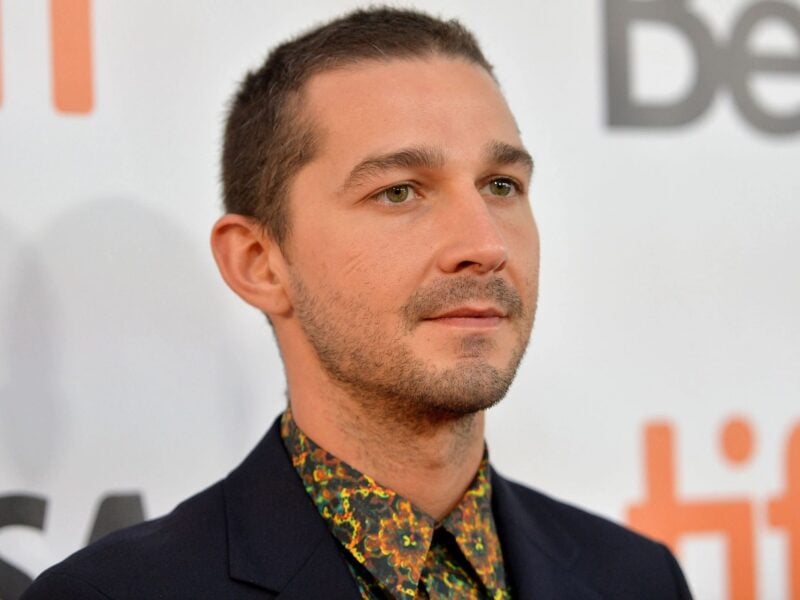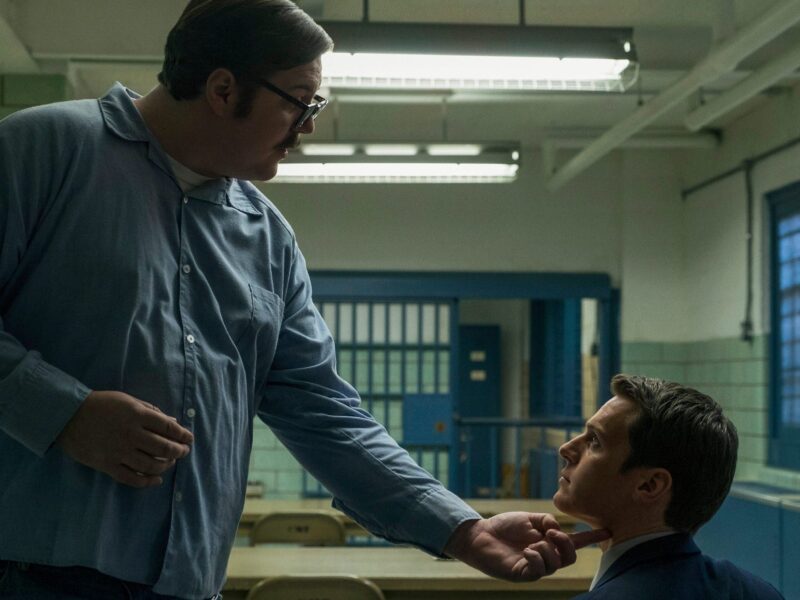
‘Woodshock’ – when fashion and film collide
Logline: A young woman devastated by loss falls deep into her dreamland.
Verdict: Woodshock is the debut film of fashion designers Kate & Laura Mulleavy, famous for their clothing brand, Rodarte. It follows young woman Theresa (Kirsten Dunst) as she deals with the death of her mother by taking lots of drugs and ignoring, but maybe not ignoring, the romantic advances of her coworker Keith (Pilou Asbæk). Weed dispensing worker by day, drug binging by night – Woodshock’s unfortunately a lot more dull than it sounds.
The Mulleavys’ first foray into filmmaking wears its “art film” heart on its sleeve. Each and every scene features people talking to one another through circular dialogue. Lingering silences and weird comments about mothers are par for the course, and at one point, Theresa dresses in her mother’s clothing after three characters say “you look like your mother”, in case you missed it. This self-conscious artsy-fartsy approach isn’t entirely a bad thing – it’s actually quite charming to see a film not afraid to spell out its thematic throughline. Woodshock just revels and lingers in such imagery and pseudo-profound statements for a bit too long for them to retain their power.
It’s a little odd seeing Pilou Asbæk in this picture after his stint as Game of Thrones’ Euron Greyjoy. In every single scene you fully expect him to go off pillaging or start laughing at murder. As for Kirsten Dunst, she understandably calls Woodshock a mirror to her work on Melancholia. A lot of Dunst’s scenes come down to crying around trees then falling asleep. In Melancholia, Lars von Trier made the artsy thematic stuff genuinely dramatic; you still got the striking images and profound comments, but with actual characters and a narrative coherence absent from Woodshock.
Tom Ford’s own switcharoo from fashion designer to film director gave us great films like A Single Man and Nocturnal Animals, proving the successful transition possible. One hopes Woodshock is just a creative teething problem from the Mulleavy sisters, despite expectedly lush, evocative cinematography throughout: there’s delightful cinematic play with reflections & symmetry alongside spaced-out geometric lines, meant to mirror Theresa’s descent into drug-fuelled synaesthesia. We hope the next endeavor from the Mulleavys includes a more thoroughly written story to accompany the beautiful design.







